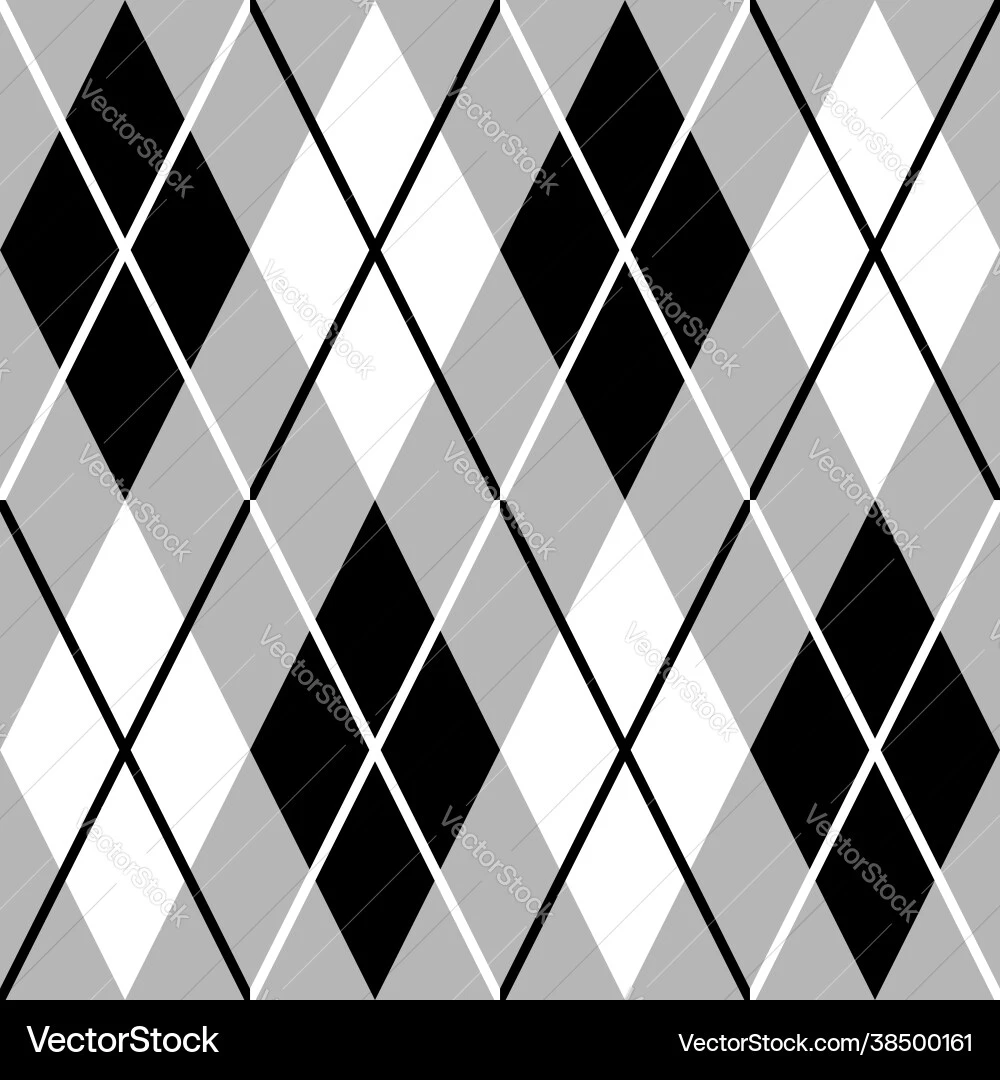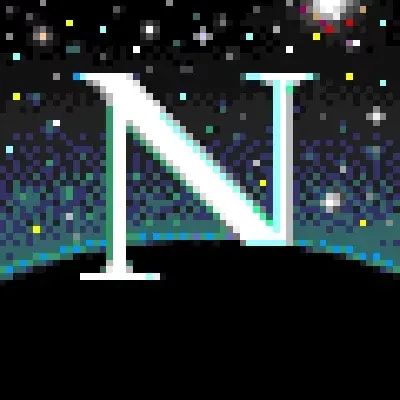You can make circles in Krita
dude if your ui is unusable you’re gonna hear about it.
you can’t make an open source car that has two joysticks instead of a steering wheel and talk about industry standards and vendor lock ins when people say it sucks.
I mean it’s cool that it exists for non drivers who sometimes want to jump on an open source car for a quick trip but if driving is your job then the joysticks being technically functional won’t cut it.
that doesn’t mean you have to copy everything 1:1, if people are looking for alternatives one reason might be that not everything about the standard car is great. affinity has some great differences in tools but they’re designed in a way that makes sense to pro users.
I’ve said this before but there’s a severe lack of designers in the open source space. there should be a platform that enables designers to relatively easily contribute to open source projects without learning git or whatever the fuck.
I loved my Ricochet RC car that drove with twin sticks…
I would totally drive an actual car that handled that way!
I knew someone would make this comment but that’s kind of the point. rc cars are toys after all, and it’s fine as a hobby but if professional driving would be better with twin sticks I feel like motorsports would have already adopted it.
here should be a platform that enables designers to relatively easily contribute to open source projects without learning git or whatever the fuck.
Make it then.
Do you know how difficult it is to make software that runs, let alone runs well? Do you know how difficult it is to stay on top of the constant messages, issues, PRs, and just churn that comes alone when that particular software gets popular? And on top of that devs are supposed to be design gods too?
If you think you have the solution: build it. Be a part of the solution. The developers of GIMP can’t do everything.
that’s not what they were saying.
They were saying there wish there was a way for designers to contribute. Git is a pain in the ass. lets be real. Important, but a pain. Its a bad UI.
Design isn’t the same as code, so the same process and repos aren’t necessarily going to help. that’s all they didn’t say anything insulting. Only that they wish there was a away for designers to contribute. Why is that hurting peoples feelings?
If we can’t criticize because we can’t make it, might as well shut up for life.
There’s constructive criticism and then there’s just yapping.
“Ermagerd GIMP devs are so shit at design” = yapping
“Just build a platform for designers” = supposed solution + it’s so easy, people are stupid for not having built this yet = yapping
Had it been, something like
I’m not a fan of GIMP’s design. It would be cool if had a way to help them. Maybe a platform to connect devs and designers? It could work like …
That would’ve been a completely different discussion.
genius reply. i love that in the same comment where you say devs can’t be design gods you say designers should make an entire software platform.
and no, they’re not supposed to be design gods, which is why I said there should be a platform that enables designers to contribute, which would take the burden off the devs. words must be hard.
I know very little about GIMP or other OS design software, but does this software have a plugin system that designers could use to extend the software so they can use it how they want?
That would be another thing to look intoAlright making this really simple.
These are the interpretations of you and your words:
- you are a dev
- you think GIMP’s design is shit
- you think GIMP devs should be better at design and are worth shitting on
- you purport to have a solution
My words:
- stop shitting on devs for design
- build the solution you purport to have
Nowhere do I say “designers should write code”.
Are we on the same page now?
that’s a bad interpretation.
- no I’m a designer, which is why I’m talking about design
- yes it is
- no, devs are devs and designers are designers. I think it would be nice for designers to have more opportunity to contribute to open source projects
- having a solution is a bit generous. I just said having an easy to use platform for designers would make open source projects more approachable.
and to your words:
- I’m shitting on the design, not the devs. stop personalizing criticism it’s a terrible way to live and work.
- if I could I would
Nowhere do I say “designers should write code”.
except for literally the very previous sentence. of course you don’t realize that because you somehow assumed I’m a dev despite my comments being entirely about design and even implying that I don’t even know how the fuck git works
Are we on the same page now?
clearly not
So, benefit of the doubt time.
That’s some mental gymnastics in there but let’s see if we can get it.
So the reply isn’t actually suggesting you create the platform for designers, they are pointing out that there is a lot more to competent platform/software design than it seems, so try it yourself and find out.
If it turns out you do in fact have the answers, great, we now have the platform you described.
Chances are you’ll find out just how difficult it is to do what you are suggesting and realise that implying someone could “just” create a platform for designers isn’t particularly realistic.
so the comment is about how I might not realize that creating such a platform is hard when my comment says I don’t even understand how git works. weird. nowhere in the history of language has “there should be such a thing” meant or even implied “making such a thing is easy”, if anything it implies the opposite.
nowhere in the history of language has “there should be such a thing” meant or even implied “making such a thing is easy”
I know its hyperbole but you can’t possible back that statement up.
if anything it implies the opposite.
It doesn’t, but i agree it didn’t really imply the difficulty was high either.
I wasn’t saying the reply was correct, i was stating the intended meaning (at least as i see it).
To answer to your original post, design platforms with version control exist.
Some use git under the hood, some don’t, most don’t require you to understand git to use them.
Hopefully that saves you some time as now you don’t have to build the platform from scratch.
a platform that enables designers to relatively easily contribute to open source projects without learning git
Reading this made me a bit sad.
On the one hand, I understand how tools like this could be a hurdle for someone who isn’t heavily invested in their use. And on the other, as someone who has tinkered with open source projects, I know that as hurdles go, git is the first of very many hurdles that must be cleared when contributing to a large, mature GUI program like this, and it’s a pretty low one at that.It would be great if more people could contribute to and help develop open-source versions of tools they themselves use, but I can certainly see how tough it can be starting out
Not low at all. After you contribute the maintainer be like “can you rebase it all to one commit”
And then you end up force pushing and ping 4000 people
Or you accidentally close your pull request
If no conflict, GitHub has a button to squash all commits in a pull request.
Open source software design sucks because they don’t have desginers (who know git) because they can’t attract designers (who know git) because they don’t have money (free and open source) because they don’t have big userbase (which can lead to more people donating) because oss software design sucks.
Not only a lack of designers, but the very concept of them is held in contempt among way too many in the open-source world (like this thread even).
Cue the 20-minute alley fight!
Wait, you can’t make circles in GIMP? This has to be false. If my memory serves me well, I remember using GIMP for a school project back in the day and I’m pretty sure it could make circle.
You can, it’s just not as simple as click on circle shape maker. You have to make a circle with the circle selection tool than turn it into a path. It’s only difficult when you’re first figuring it out. Once you do, it’s not a big deal.
It’s only difficult when you’re first figuring it out. Once you do, it’s not a big deal.
I’ve been using Photoshop and Gimp a lot over the last decade. There are a few things I like better in Photoshop and nothing I really like more in Gimp, but they’re both absolutely serviceable.
I wish content-aware patch came by default in Gimp and I wish Gimp had more user-friendly macroing, but if I’m drawing circles in my photo editor, my first thought is why the hell am I not using a vector editor.
It doesn’t have basic shape tools. You have to fill a selection
Good meme. Thank you for your service
Thanks! 🤗
I enjoyed that movie way more than I should have 😂.
USB-C…
Under the hood I actually really like GIMP. I’m also not too bothered by there being no circle tool. My problem with GIMP is that if there were a circle tool in it, its a little too difficult to find it if it does exist.
If they had some front end re-write eventually where they just moved some stuff around and better organized the front end of the application, I think a lot more people would use it. UX/UI is really important, and I’m sure the contributors of GIMP know this as they seem to have done well to try to make the interface feel straightforward by putting stuff under menu’s and whatnot, but the location of things just seems unintuitive/non-standard compared to what every other application does.
The other issue I have with GIMP is just that its development cycle takes forever compared to most every other open source application I have seen.
Not to say there is a great answer to any of this, image manipulation/animation software is not an easy thing to program by any means so I understand why it can take forever, but I just wish there was a real answer.
In the mean time, I’ve just been trying to get by with krita, though krita really seems geared toward digital painting specifically.
I love krita and it is the best digital art software i’ve used for painting and i’ve used them all proffessionally. I had to tweak it the least out of all of them.
People who complain about GIMP have never had to use Inkscape. Now THAT is one horribly unintuitive UI.
I’ve never been into vector graphics, but I had reason to use Inkscape recently, and I was actually surprised by how easy to use it was and how much the UI made sense.
I have used inkscape though it has been some time. I felt as though it was not super featureful at the time so the UI felt slightly barren compared to something like Adobe Illustrator, but I don’t recall having the same kind of trouble with it that I do with GIMP honestly.
A great remedy to stuff being hard to find is that you can press the slash key
/to open a command paletteThat is interesting and I did not know that. Thanks.
Hi, this complaint sounds vaguely familiar and I know it’s just indicative of that type of problem, but can you elaborate on what you mean by no circle tool?
I haven’t used GIMP in a long time but if I remember correctly there’s an ellipse tool and I think there’s a modifier that can constrain the aspect ratio so you can make circles. I might be wrong though.
I think what you are thinking of is the ellipse selection tool, and yes this exists and can be used - however I am referring to the tool class of geometric shapes which is quite common among other software. Basically it creates a vector (In most cases I think) shape with options for stroke and fill, and controls the same way that the ellipse selection tool does (constraints etc.).
GIMP does not have this, instead you have to go through a decent amount of trouble to get simple geometric shapes drawn to the screen, and at that I believe they are always raster.
Take these procedures as an example for GIMP.
https://www.alphr.com/make-shapes-gimp/
This makes GIMP difficult if you want to use it for some niche uses such as making a quick flow diagram, or a quick vector mask which can be changed later.
Not saying GIMP’s UI is great (I only use it occasionally), but efficient UI isn’t necessarily an “intuitive” UI. I.E. an intuitive UI may not be efficient for a professional that takes the time to learn it and works with the UI ~40 hours/week.
Intuitively finding basics everybody starting out needs in the ui takes a backseat to the pro who is using all the shortcuts and custom workspace layouts going to adapt to the changes anyway. Especially as basically no one uses gimp professionally all day and the people who would use it are not using gimp cause it’s not intuitive.
I can’t wait for freecad to stop being just an poweful near peer and actually become an usable near peer.
True, but I prefer intuition over efficiency when I pick something up for the first time, second time, and third time, until I eventually have a good enough understanding to begin worrying about efficiency.
There are use cases for Libre office writer, just as there are for vim, even though they are both capable of producing text documents. One is arguably more intuitive while one is arguably more efficient, but if I didn’t know anything about word processing/text editing and had to pick between the two, I would pick writer.
Same goes for anything else, and it’s also why a decent number of text editors/software support emacs/vim bindings - so that you can use the software intuitively, and then once you understand it, you can become more efficient by using modal bindings. Same goes for GIMP versus other software. The thing about other softwares in the same genre is that they can be learned relatively easily and can also be used efficiently. GIMP I find harder to learn, even if it is efficient later.
For anyone who is new who has to make a choice as well - very few people would pick vim to start out with.
Furthermore, in this instance, I do have a decent amount of photo editing experience and have used multiple softwares to do it, but even after that, the problem I have with GIMP is that a lot of this knowledge does not transfer to GIMP like it does for other software. If I learn photoshop, I can get away with using affinity, krita, corel draw, clip studio, and other software - but not nearly as easily GIMP.
I would also argue that efficiency is equally dependent upon the software as it is the task. The workflow for digital painting, animation, and photo editing are all quite different, and no one UX/UI is the most efficient at all of them. This is why most of these softwares have modular interfaces, which is good, but I simply find the modular interface of GIMP harder to use or understand versus the rest.
Don’t even get us started on Blender’s UX/UI design.
Blender is so versatile, and has so many applications that you have to end up with a cluttered interface. Since the alternatives have licenses that have a steep cost, I would say that putting up with a clunky interface is well worth it.
Haha, yes the feeling is similar there, though I think I personally still had an easier time learning blenders current workflow.
I’m assuming my downvotes are people who have never used blender, lol
I only see one on your previous comment, but it could be because blender has recently started getting a better reputation for usability/learnability.
6 years ago I touched it and I was horrified, but I touched it a few times this year and found they had made some good improvements.
Same here, maya is no longer on linux so I can be free of terrible, stagnating autodesk.
Blender is good but few things I use constantly are just seemingly missing and community doesn’t understand the question either.
Click brush, move mouse in a circle
Industry standard or monopoly.
Wait they took the ellipse tool?
What?
We have ISO standards. Fuck every single company that ignores those (Microsoft, Apple, …).
And fuck ISO for charging so much for access to them.
As an engineer: 1000% agree.
Seriously, why do I have to pay a value somewhere close to £1000 for a set of FUCKING PDFs?!?
This is ridiculous. Make money from audits, certifications, training, and conferences. You can still make absolute stacks from those. Why the fuck do I or my company need to shell out thousands just so we know what to certify against to be able to sell stuff?!
It’s a fucking racquet and they know it. But it’s either one of 3 options:
-
Find someone who’s willing to send you the PDF or log in credentials for a library service that has access to these standards.
-
Take the risk downloading PDFs from dodgy sites you found on the 5th page of duckduckgo.
-
Bend over and spread open your wallet. Because good luck getting anything delivered to a customer without it.
-
This applies across the industry
MySQL, VMware…
Vendor lock in is the reason I went to a fully open source workflow like fifteen years ago. When you rely on these companies for tools, they own your work. They can jack up prices, change TOS whenever they want, paywall features, train AIs on your work, and jerk you around on a chain at their whim. I don’t mind a little jank or having to do some workarounds for a certain result to keep my freedom. And also, when a new release comes out that fixes an issue ive been having, I feel grateful! In the closed ecosystem you feel entitled and resentful and powerless. It’s not worth it.
I’m most of the way there except jet brains… I just don’t have it in me to spend the years it’ll take to become as familiar with a different tool.
BUT I CAN

That’s beautiful. Card backs?
Cool design.
Is it possible to learn this power??
I was going to make a gif tutorial but I screwed up the recording and I’ve lost all motivation.
File, New, set resolution multiple of 1000, like 2000x2000
View, Show Grid
View, Snap to Grid
Image, Configure Grid, set pixels under Spacing to desired height, if aspect ratio is checked it will automatically adjust the width to match, like 50x50 for example
Zoom in towards center, click and drag vertical and horizontal ruler to the center using the location value on the bottom left
Create first transparent layer
Select brush tool, the big circle brush, and set size to 1000 and click at the center
Select eraser tool, set size to 960 and click center
New layer
Brush to 700, center
eraser to 670, center
New layer
brush to 60, between rings
eraser to 40, on new dot
New layer
Using brush at size 20px, click and shift click to create lines, draw a square and a right triangle in the top-left quadrant in the centermost circle by connecting points on the rim.
Select every layer, copy and paste
With new layers selected, select all
Transform, Rotate, ensure that the centerpoint is the actual center with the on screen reticle, and rotate the circle 90 degrees. Repeat process but rotate 180 degress.
Export image, you’re done.

Stick a pin in your mouse cable and whizz it round like a compass. Easy.
Yeeh gimme a bit










